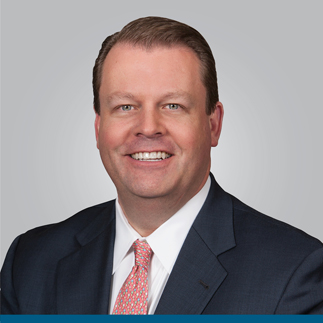
GIBSON SMITH
Janus Capital Group
CIO, Fixed Income & Portfolio Manager
Pressure Building
We remain concerned with the pressures building in the global financial system. Diverging central bank policies and uneven economic growth have created imbalances, and as a result, we expect to see elevated levels of volatility across global fixed income and risk markets. The impact of regulation on dealers’ balance sheets has clearly resulted in diminished liquidity and higher trading costs, new risk factors for many. This environment means that security avoidance —not just security selection—will be of particular importance for fixed income investors going forward. We’ve highlighted these risks in the past and feel they are ever more present today.
Our portfolio positioning has shifted from neutral to more defensive. It is our view that we are in the later stages of the credit cycle, with management teams engaging in bondholder-unfriendly activity, including share repurchases, which are on record pace. In addition, we are seeing a surge in merger and acquisition activity which is largely being financed with debt. Against this backdrop, we have reduced our high-yield and investment-grade corporate credit investments to their lowest levels since the financial crisis, and have increased exposure to high-quality, liquid investments within our core mandates.
We have also reduced exposure to the economically sensitive and commodity based segments of the high-yield market in the interest of avoiding deteriorating fundamentals. From a yield curve and duration perspective, we have taken a very active approach with a focus on protecting capital and minimizing downside risk. Overall, we believe our defensive positioning will be rewarded as volatility increases, thus enabling us to take advantage of new opportunities across different sectors of the market.
Today we remain focused on seeking out the best risk-adjusted returns in the market while also keeping a close eye on capital preservation within our portfolios.
For more information, please visit www.Janus.com/FixedIncomeInsights
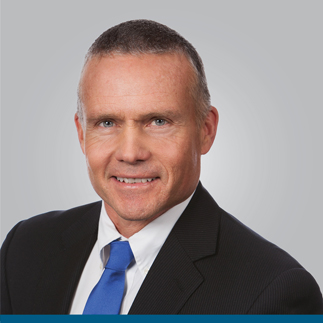 DARRELL WATTERS
DARRELL WATTERS
Janus Capital Group
Portfolio Manager
A Resilient Consumer
Since exiting the financial crisis, two shadows have persistently hung over the U.S. economy: skittish consumers and the deleveraging of corporate and household balance sheets. Both are evolving. Recent data suggest that tailwinds are building that could lift consumption back toward its pre-crisis role as engine for the broader economy. Corporations—taking advantage of perhaps the final stages of exceptionally low interest rates—have begun to dial up leverage ratios. In our view, neither of these developments is priced into fixed income markets. This complacency has significant implications for bond investors. Throw in the possibility of upside surprises to global growth, namely in Europe, along with worryingly low market liquidity, and it becomes clear that “priced to perfection” can be more aptly described as “perilously positioned.”
The argument for a near-term acceleration in personal consumption due to energy savings has become more compelling. Crude oil prices have remained low enough to possibly convince consumers that a return to $100 per barrel is unlikely in the foreseeable future. This alone may jostle a few more dollars toward retail spending as households reset their budgets to account for lower energy outlays.
More important has been continued improvements in employment. Over the past year, monthly gains in nonfarm payrolls have averaged nearly 243,000. At 5.3%, the unemployment rate, some would argue, is within proximity of full employment, meaning that workers will be able to command higher wages as competition for labor increases. Recent gains in year-over-year wages, hovering just above 2%, lend credence to this scenario. While retail sales data remains choppy, improvement in personal consumption can be seen in gross domestic product (GDP) data, where it has been by far the largest contributor to growth in four of the five quarters following the economy’s surprise contraction in the first quarter of 2014.
For more information, please visit www.Janus.com/FixedIncomeInsights
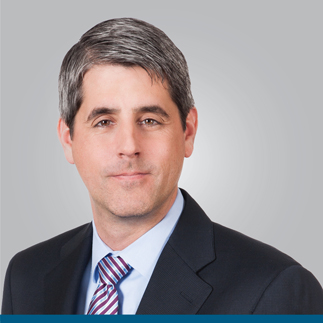 CHRIS DIAZ, CFA
CHRIS DIAZ, CFA
Janus Capital Group
Head Of Global Rates & Portfolio Manager
Global Outlook
We believe that recent signs of strength in eurozone economies are real and may even surprise to the upside. Authorities, including the European Central Bank (ECB), in our view, have made tough—but correct—calls on economic reforms and their stance with Greece. Many interpreted the spring’s retreat of German government debt as a sign that nascent regional growth may not render it necessary for the ECB to implement its quantitative easing (QE) program in its entirety. Instead, we see the dramatic fall in bond prices as evidence of diminished liquidity that is hindering fixed income markets. Risks of policy backsliding also remain. There is still much work to be done, among both peripheral and core economies, with regard to structural reform and creating a business-friendly and growth-oriented environment. Inflation remains worryingly low. The ECB’s commitment to extraordinary policy should help. It will also keep pressure on the euro, which bodes well for the region’s exporters.
Several EM currencies have been provided with temporary respite now that last year’s torrid strengthening of the U.S. dollar has abated. But with slowing growth in China and the recent devaluation of the renminbi, downward pressure—especially in Asia—has returned. Yet, compared to the crisis periods of the late 1990s, EM balance sheets are more robust and less vulnerable to a rising dollar. Also, should any additional declines be orderly, the resetting of these currencies at levels markedly lower than in 2014 should be favorable to exporters. Commodities powerhouses Russia and Brazil are on weak footing due, in part, to a low price environment for their key exports, and also country-specific issues, including economic sanctions on the former and corruption probes in the latter. Lower energy prices, on the other hand, will continue to lend support to commodities importers including India and Turkey.
For more information, please visit www.Janus.com/FixedIncomeInsights
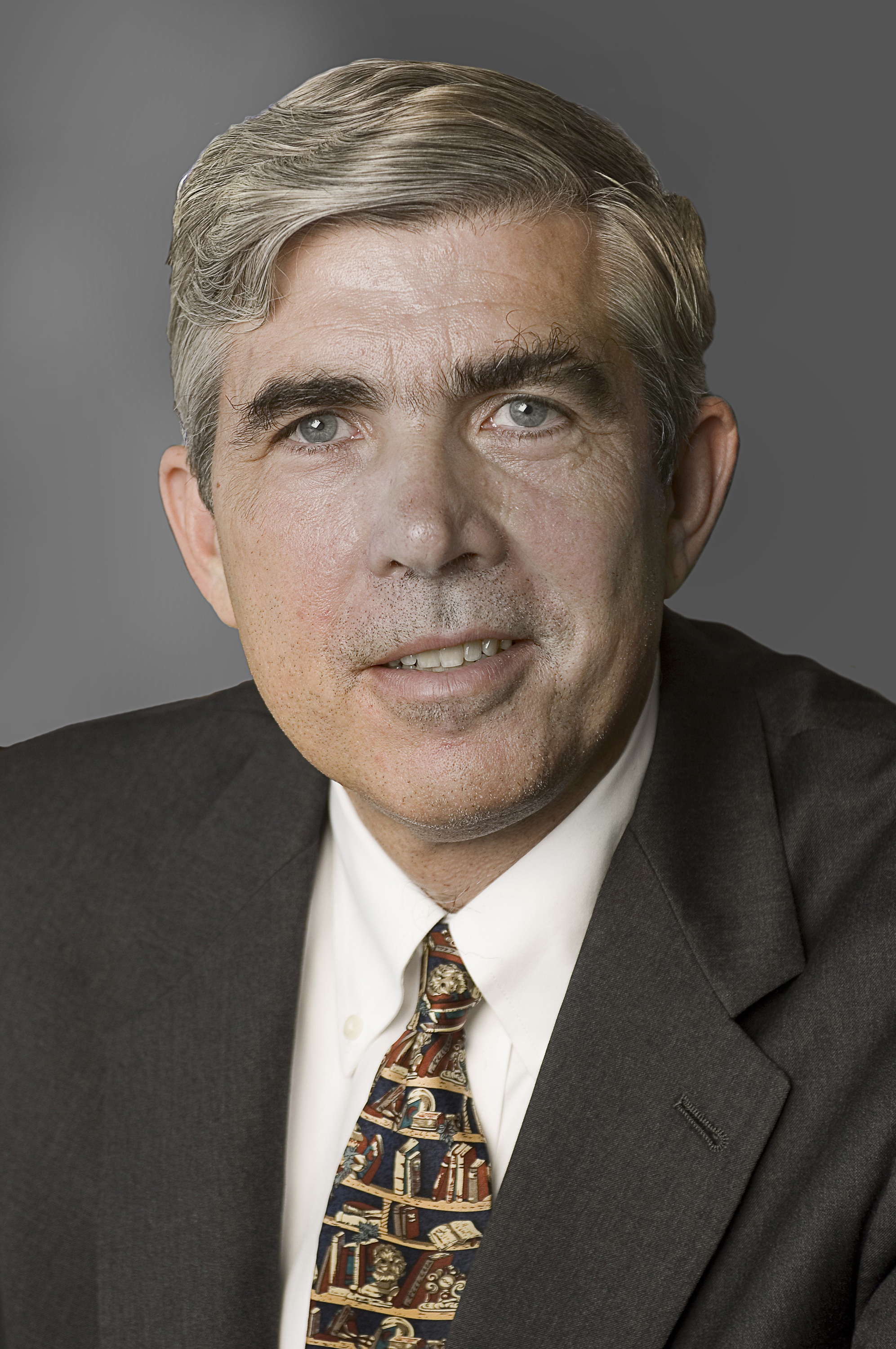 KEN LEECH
KEN LEECH
Western Asset Management
Chief Investment Officer
Growth And Inflation, Not Rates
Whether and when the Fed raises the funds rate is a major issue for fixed-income markets, but it is not the main event. The larger issue is the divergence of U.S. and global growth and even more importantly, inflation. The conditions for an interest rate increase that Fed Chair Janet Yellen has laid out—stabilization in the inflation rate and continuing improvement in the labor market—have been sufficiently met to justify an interest rate increase. We suspect the Fed may start the process of inching the funds rate off zero later this year. But whether the funds rate is zero or just near zero is less important than the path of growth and inflation going forward.
Just as we felt market optimism was too robust last quarter, now we feel market pessimism may be getting carried away. We feel strongly that this downshift in global growth will not lead to a recession. The global recovery theme is intact, even with the downshift in global growth and inflation expectations.
Moderate growth in the U.S. and improvement in Europe should continue. Monetary policy remains extra-odinarily accommodative. Chinese growth is manageable and both monetary and fiscal stimulus should increase. Lower for longer inflation rates mean a further extended period of low interest rates. Lower commodity prices, while a sign of weak global demand, are not without their benefits.
We continue to believe spread sectors should outperform government bonds. But respecting the challenges from today’s strong disinflationary climate, we have chosen to favor slightly elevated extra duration as well as continuing our aversion to hedging for lower-quality securities.
As the sector we tend to favor, we feel investment-grade bonds are where the risk/reward is the most advantageous. In our opinion, investment-grade credit will not do as well as lower-quality sectors in a sharp rebound. But valuations relative to fundamentals are so compelling that investment-grade should hold up well even in the event of a more challenged economic environment.
For more information, please visit www.westernassetfunds.com
JOHN PATTULLO
Henderson Global Investors
Co-Head of Retail Fixed Income
JENNA BERNARD, CFA
Henderson Global Investors
Co-Head of Retail Fixed Income
Interest Rate Phenomenon – Less Pronounced In Europe
The Federal Reserve’s desire to raise interest rates has attracted an inordinate amount of press and investor attention in 2015 but relatively little in the way of volatility for the US Treasury market. It is the under-discussed credit market that has proved a far bigger issue for bond investors in 2015 and where a rapid tightening in financial conditions has already begun.
Both the US investment grade and US high yield market have been in a bear market since June 2014 with spreads nearly doubling over that time frame and now at close to the widest levels they have traded outside of times of crisis. In the case of the investment grade market this is driven by aggressive equity friendly activity: acquisitions and share repurchases funded by debt. This phenomenon is much less pronounced in Europe where animal spirits are still in the process of recovery and as a result, the business cycle is stuck in a different gear. For high yield there is also a notable difference between Europe and the US with the former being relatively unaffected by the debt-funded commodities expansion that is currently hindering the US market. Nevertheless, both markets have suffered from a rising number of bonds trading at distressed levels as investors begin to ration funding for marginal companies.
With this in mind it may well be the case that credit markets along with the US dollar have already tightened financial conditions in the US and around the world to such an extent that the ever-anticipated Federal Reserve tightening cycle fails to get off the ground.
For more information, please visit henderson.com.
 ANNE WALSH, CFA, JD
ANNE WALSH, CFA, JD
Guggenheim Investments
Senior Managing Director, Assistant CIO, Fixed Income
The Core Conundrum
Despite the end of quantitative easing by the U.S. Federal Reserve, global monetary policy continues to impact bond investors. Artificially depressed yields on government-related securities make traditional core fixed-income strategies less effective in achieving total-return objectives.
Compounding this issue is investor exposure to the Barclays U.S. Aggregate Bond Index, which is currently heavily concentrated in U.S. government and agency debt. As benchmark yields languish near historical lows, the chasm between investors’ return targets and current market realities deepens, creating a conundrum for core fixed-income investors.
Accommodative policies by global central banks simultaneously support a benign credit environment, while likely masking market-wide investment risks. Employing investment shortcuts, such as accepting lower credit quality or extending duration solely to generate yield, may jeopardize future performance.
In the current environment, we believe the surest path to underperformance is to remain anchored to conventional strategies. Investors must develop a new, sustainable, long-term investment strategy to generate attractive returns. Opportunities exist beyond the Barclays Agg, which only represents about half of the U.S. fixed income market. We look to the other half for idea generation. This is where robust credit work can uncover a world of attractive fixed-income securities with higher yields and lower durations than government and corporate bonds.
Accessing unique short-duration, high-quality investment-grade securities with considerable yield pickup relative to government and corporate bonds may be the investment blueprint needed to navigate the current low-rate environment and hedge against interest-rate risk.
In this environment, we recommend a barbell strategy to further mitigate potential risks. The barbell structures a portfolio with a higher concentration of both short- and long-duration securities. The short-duration securities, typically adjustable-rate, protect the investor from the risk of the short end of the curve moving higher. The long-duration securities protect the investor from the likelihood of U.S. long rates falling to match counterparts in Europe while generating higher income.
The implication for investors is greater rate volatility at the short-end of the curve compared to the long-end. A barbell strategy that complements an allocation to long-dated bonds with floating-rate assets dually benefits from greater price stability and rising income from its floating-rate investments.
For more information, please visit www.guggenheiminvestments.com or call us at 800.345.7999.
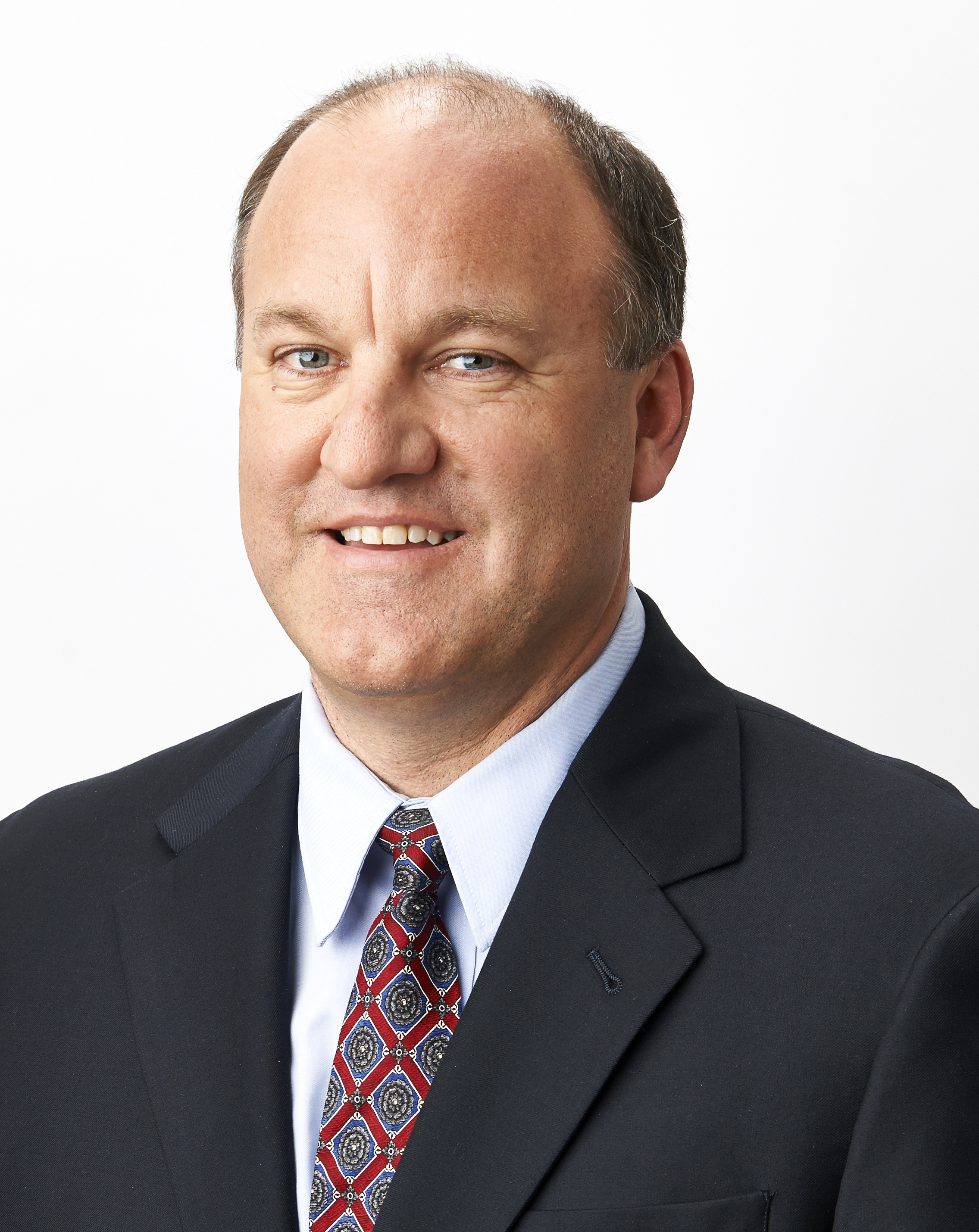 PETE WILEY
PETE WILEY
Investment Advisor
Whitebox Advisors, LLC
Why Bond-Picking Matters
Must corporate bond investors accept inferior company fundamentals in exchange for higher yield potential? And is a bond’s rating an ironclad indicator of its real risk?
We at Whitebox have long argued that investors can’t necessarily tell a bond by its rating or its yield. We’re convinced that when rule-based investors buy credit according to a broad category, such as rating or yield, without digging in to identify individual bonds that can potentially raise returns by lowering risk, they may end up owning risk they never intended to buy.
We take a different approach. In actively managing a credit-dominated portfolio, we seek securities that have fundamental characteristics similar to investment-grade securities, but which are priced more attractively from our perspective and may be lower-rated. How do we go about this?
We seek securities from companies with attractive free cash flow, strong balance sheets, and low levels of financial leverage. We favor companies that have demonstrated resilience to changing market conditions, or that are more likely to withstand a contraction in the economy, often through business models that exhibit more predictable revenue streams.
Crucially, when we identify what we believe is an interesting company, we scrutinize its entire capital structure to uncover what we see as the most favorably priced claim on the underlying assets. In effect, we seek a greater return than the market is currently paying compared to the actual risk of the security, as opposed to its generally perceived risk in terms of, e.g. credit rating.
We believe many bond investors do relatively little “bond-picking,” and as a result, actually help create inefficiencies (mispricings) for experienced bond-pickers to exploit. We believe that rather than accepting poor company fundamentals and higher risk in exchange for yield and return potential, investors should instead efficiently reduce risk.
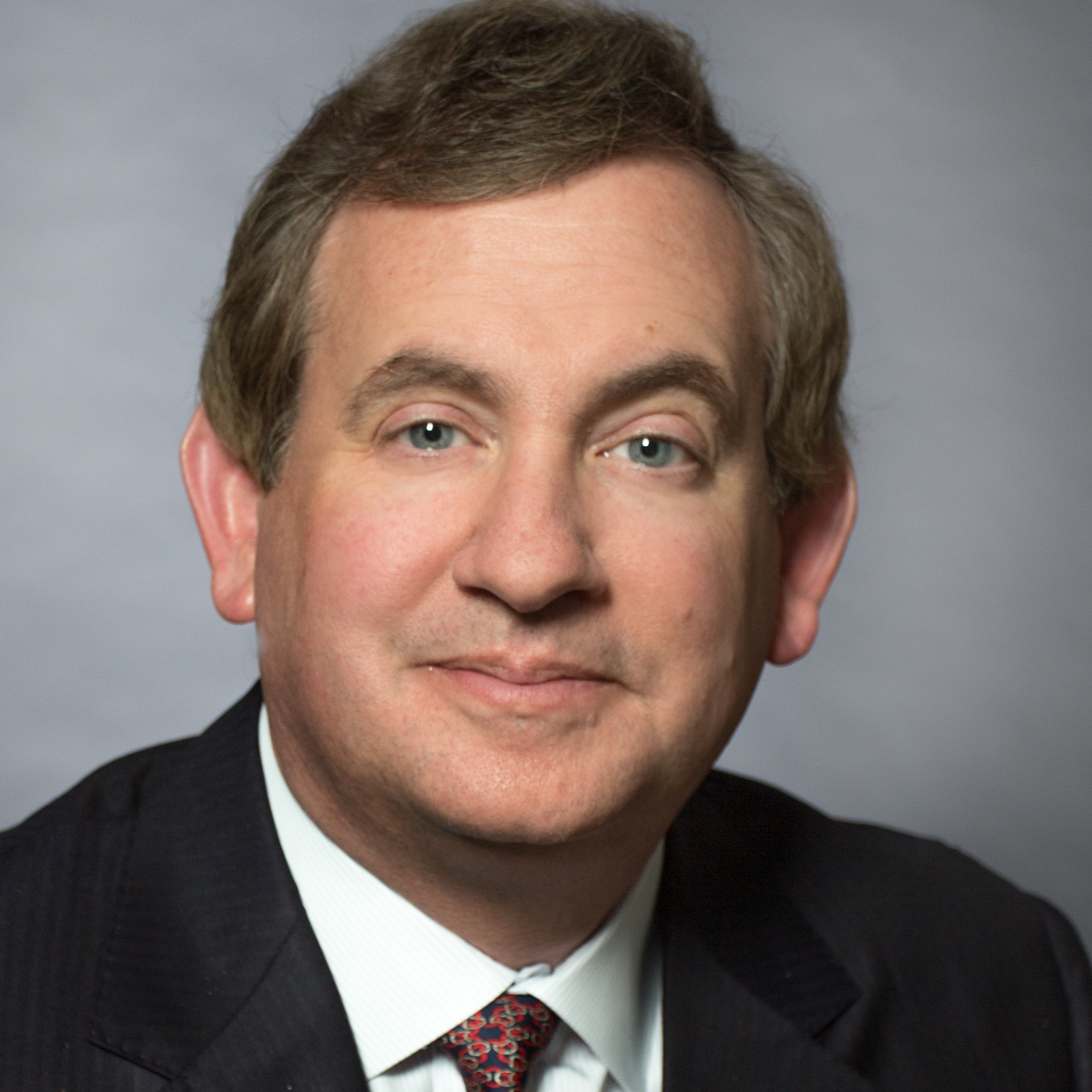 TAD RIVELLE
TAD RIVELLE
TCW Group
Chief Investment Officer for Fixed Income
The High Price of Free Money
Central banks have acclimated investors to believe low rates are the answer to economic woe. Implicit to this thinking is that artificial expansion of loanable funds leads to faster growth, lower unemployment, and higher wages. But lower interest rates aren’t better than higher rates. Prices, including rates, exist so resources go where they do the most economic good. Prices must be permitted to emerge from the mélange of borrower needs and lender preferences. Otherwise, resources get sub-optimally allocated, locking the economy into a state of “lowflation.”
Zero rates obstruct growth, and like medicine administered in excess, poison the economy’s capital structure. Low rates engender a “reach for yield,” encourage excessive risk-taking. Result? While equity prices have tripled since 2009 and high-end real estate has achieved record pricing levels, the general economy has languished. Rising asset prices have expanded the collateral pool, meaning more paper wealth has begotten more credit creation.
But credit expansion necessitates rising output and income. Used wisely, credit is inherently self-financing. Return on borrowed capital must exceed funding costs to acquire resources. When the Fed artificially lowers the price of credit, ventures that cannot deliver a proper risk-adjusted return are nonetheless financed. The results of such macro mismanagement are evident: excesses in commodities and emerging markets, depletion of “fiscal space” for indebted governments, and an inability to normalize short rates.
Printing money doesn’t magically reconfigure enterprises or workers into more productive ones. At best, monetary accommodation should be a temporary salve for a wounded economy. Its continued application and diminishing effectiveness powerfully indicate that the cycle’s re-leveraging phase has already passed.
Like a hangover after a party that went too late, we know what comes next. Investors should prepare for the inevitable de-leveraging by moderating risk, raising cash levels, and limiting exposure to assets that get most banged up in a bear market for risk.
For more information, please visit www.tcw.com.
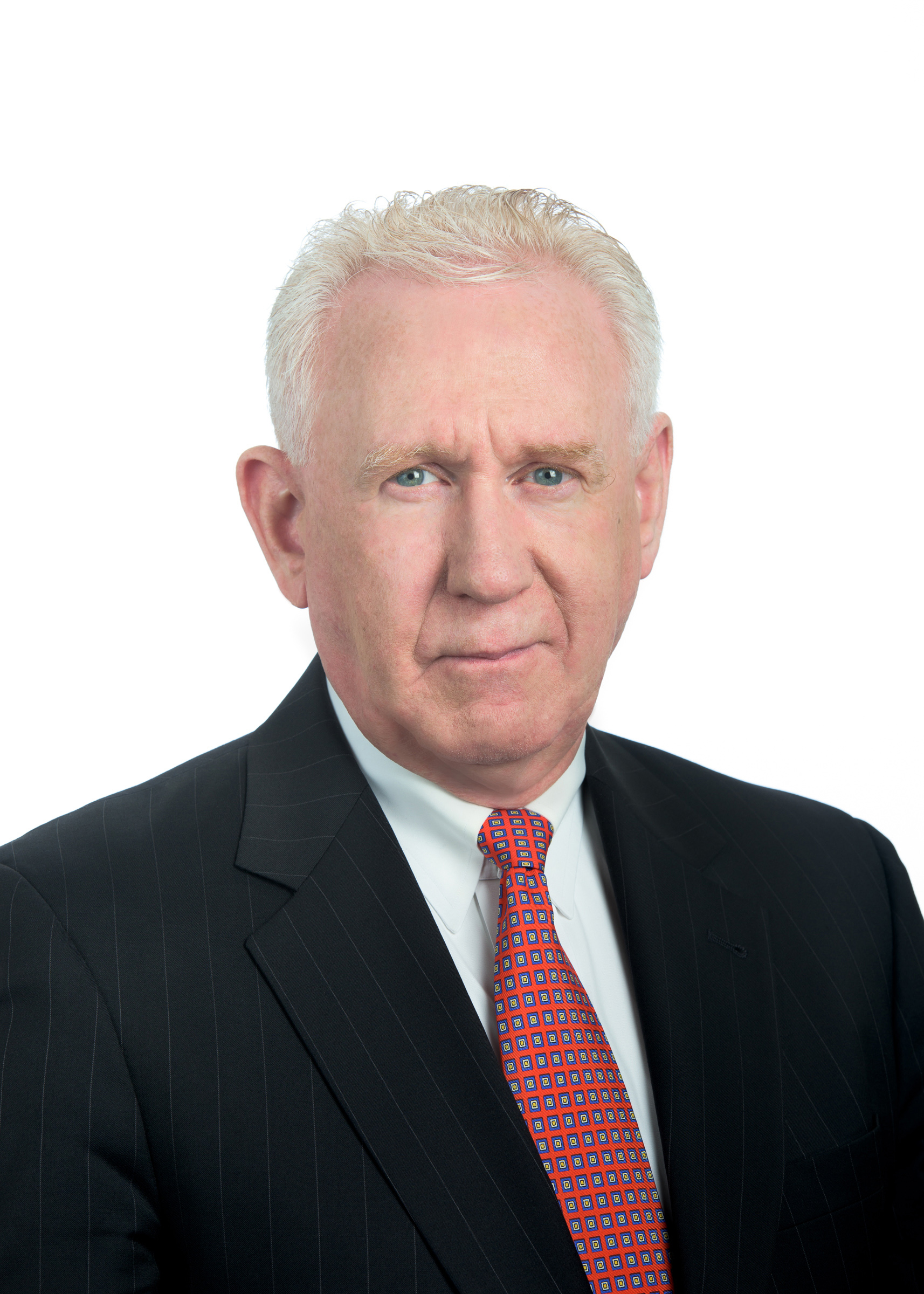 JAMES F. KEEGAN
JAMES F. KEEGAN
CIO & Chairman
Seix Investment Advisors LLC, Subadviser to RidgeWorth Funds
Fear Risk Not Rates Post-ZIRP
Market focus has been locked on the Federal Reserve (“Fed”) as we approach the first tightening cycle in nearly eleven years. Given the Fed’s conventional and unconventional policies during this cycle and the disproportionate influence these polices have had on asset prices, the focus is understandable. The expectation for rising rates is a natural extension of this focus, but its outcome is far from certain in our view and the real impact of even a modest tightening cycle will likely reverberate more in the risk markets.
The death of the secular decline in interest rates has been written about many times over the last several years and our “lower for longer” thesis, developed after the Great Recession, remains our base case. A combination of lower potential growth (domestically and globally), a demographic shift leaving investors in need of high quality income producing assets, a regulatory backdrop pushing financial institutions into higher quality fixed income, and a behavioral shift by investors away from equity market participation all support the current term structure of interest rates. Current wisdom ignores these structural forces, implying that Fed purchases singlehandedly suppressed rates and the inevitable reversal of said policy will force rates much higher.
Through the combination of its zero interest rate policy and quantitative easing, the Fed has aggressively pushed investors to take on more risk.
Institutions, particularly pension funds, trying to meet high expected return assumptions responded accordingly and flocked to alternative strategies far afield from the conventional stock/bond balanced portfolio approach.
This liquidity-induced inflation in risk assets stands to face significant headwinds when our central bank backs away from the zero bound. It is this second derivative impact that the market is ignoring. U.S. fixed income remains attractive relative to global developed bond markets and this dichotomy will likely further support the U.S. market when risk assets re-price in the wake of modestly tighter policy.
Seix Investment Advisors LLC is the subadviser for RidgeWorth Investments’ fixed income mutual funds.
For more information, please visit ridgeworth.com or call 866-595-2470.
Aston Asset Management
TCH Investment Team
Taplin, Canida & Habacht, LLC
Subadviser to the Aston Funds
Credit Market Challenges May Yield
Opportunities for Investors
In our view, though the U.S. remains the bright spot in an otherwise gloomy global growth picture, market reaction to continued weak economic data abroad has revealed angst that the U.S. is increasingly susceptible to global developments.
The Fed was more explicit in citing the impact of global events in its September meeting, while also acknowledging the reality that the markets had effectively created tighter monetary conditions for them (credit spreads widened about 70 basis points since the middle of last year), limiting the appeal of raising rates and further tightening conditions. The Fed is trying to navigate a narrow passage between demonstrating continued policy accommodation to an economy it perceives as still recovering while attempting to avoid perceptions of lack of confidence in the state of economy. Though the Fed did not raise rates in the third quarter, the divergence of monetary policy between the U.S. and other developed nations, which are actively easing monetary policy, remains firmly entrenched.
The weakest quarter for U.S. equities in four years highlights a broader pattern of “risk-off” behavior, where periods of perceived high financial risk cause investors to take less risk. Credit markets have suffered in this environment with spreads widening across the board, often in excess of what is justified by the fundamentals of specific issuers. The widening of credit spreads overall and the steepening of credit curves and quality curves have created a more attractive yield environment for investors. Investment grade corporate bonds offering 5% are now readily available for the first time in several years.
Avoiding reactive risk-averse behavior is as important to long-term results as correctly assessing risks. Such inefficient risk-pricing conditions are particularly well suited for combining top-down and bottom-up analysis to identify attractive risk-adjusted opportunities—the core of our investment approach.
For more information, please visit www.astonfunds.com.
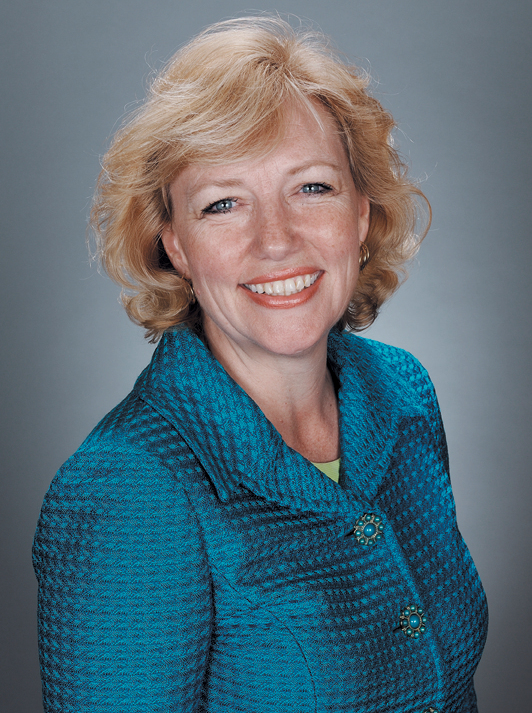 Anne Kritzmire
Anne Kritzmire
Nuveen Investments
Managing Director
Closed-End Funds & Global Structured Products
Income At Any Life Stage
Investing is a constant process. The sooner you begin – even if it’s only $25 a paycheck when you’re 25 – the sooner you’ll lay a foundation that may provide both financial security, and importantly, income to help maintain your standard of living in retirement.
The stage of life you’re in drives several key investment questions; chief among these are “Should I invest for growth or income?” and importantly, “How do I make sure I have enough income to last?”
Regardless of your investing life stage, one income-focused vehicle to consider is closed-end funds, or CEFs. The primary objective of most CEFs is to provide shareholders a high level of stable, ongoing income. While this makes CEFs compelling investments for retirees, their return potential and wide array of investment strategies can be a powerful tool for investors of all ages seeking to grow and diversify their portfolio.
Like mutual funds, CEFs invest in actively-managed portfolios of stocks, bonds and many other types of securities. Unlike mutual funds, which are open-ended, CEFs trade like stock on an exchange and capital doesn’t flow freely into and out of a CEF after it is launched. For this reason, CEFs have a relatively stable asset base that enables them to pursue a wide array of investments and stay more fully invested than many other investment vehicles. It also enables them to more easily employ leverage: the long-employed, powerful, yet sometimes not fully understood tool used in an effort to enhance both returns and distributions. It is important to note that leverage can also increase a fund’s volatility.
Let’s explore how closed-end funds might help three hypothetical investors in different stages of their investing lives:
Angela, who is 37 and building her portfolio, is interested in yield and growth. She might be a very good candidate for adding leveraged closed-end funds to her portfolio, to expand both her growth and diversification possibilities. Funds investing in floating rate loans, high yield debt, MLPs (master limited partnerships) and REITs (real estate investment trusts) can complement a traditional growth portfolio.
Tom is 58 and preparing for retirement, but coming somewhat late to the saving-for-retirement game. He has a balancing act to perform, seeking attractive returns but, with less time than Angela, might rightly be wary of too much volatility. Tom might consider CEFs that employ equity-option or “covered call” strategies. Typically unleveraged, these funds invest in diversified stock portfolios and sell call options on some or all of the stocks, seeking to improve returns and enhance income while also reducing the portfolio’s volatility or risk.
James is 74 and now in retirement, but expects to live into his 90s, much like his parents did. James needs to maintain cash flow. He might focus on converting fund returns from U.S. and global equities, real estate, infrastructure and multi-asset class strategies into relatively high, stable, persistent cash flow in a tax-efficient way through the professional distribution management CEFs provide.
If Angela, Tom, and James are tax-sensitive, they all might consider adding municipal bond CEFs to their portfolio mix.
Conclusion
Whether you’re just starting to invest, in retirement or somewhere in between, closed-end funds may offer something more than other widely used investment choices: more investment options and more income and cash flow potential. But, it’s important to note that more price and return volatility may accompany these benefits as well.
For those wanting to learn more about closed-end funds, the role they may play in providing portfolio income an any stage in life, and how CEFs employ leverage, Nuveen Investments, offers several resources for investors and financial advisors alike.
For more information, please visit www.nuveen.com/CEF.